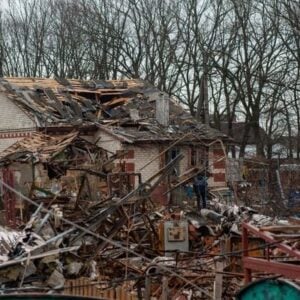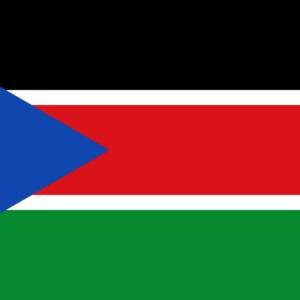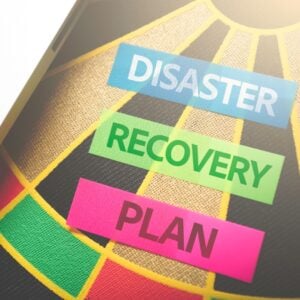The Bahamas is bracing for a new hurricane season, with Hurricane Erin recently passing through and highlighting the ongoing risks faced by the islands. For Bahamians, the reality of storms is not abstract—years of lived experience have shown that early warning and swift action can mean the difference between safety and disaster. This awareness was profoundly shaped by Hurricane Dorian in September 2019, which devastated Abaco and Grand Bahama, causing over US $3.4 billion in damages, mostly in the private sector. The storm underscored that resilience must extend beyond emergency response to encompass governance, economic stability, and community preparedness.
In response, the government enacted the Disaster Risk Management Act in 2022, effective since 2024, consolidating disaster governance under the Disaster Risk Management (DRM) Authority. The law mandates a comprehensive approach covering prevention, mitigation, preparedness, response, and recovery. It also established national funds for prevention and emergency response, with innovative financing mechanisms in partnership with the Central Bank of The Bahamas. The reforms are designed to reach all islands, particularly the Family Islands, where smaller communities are most exposed to hazards. Local disaster plans developed with community input now guide sheltering, communication, and recovery efforts, making resilience a practical, locally owned process.
To operationalize these reforms, the DRM Authority has rolled out Regional Disaster Readiness Exercises (RDRX) across the islands, training local responders alongside national authorities and international partners such as US Northern Command, the US Coast Guard, and the Bahamas Red Cross. These exercises test every component of disaster management, from shelter operations to communications, embedding preparedness as a lived practice. In Abaco, tabletop exercises conducted with UNDRR and community leaders emphasized inclusivity, local leadership, and continuous engagement, complementing national-level exercises like the annual National Disaster Readiness Exercise (NDRX). These efforts shift disaster management from a centralized Nassau-based model to a nationwide, community-embedded approach.
The Bahamas’ progress sets the stage for hosting the IX Regional Platform for Disaster Risk Reduction in the Americas and the Caribbean (RP26). Scheduled following the VIII Global Platform in Geneva, RP26 will convene regional leaders, practitioners, and communities to share lessons, measure progress toward the Sendai Framework, and advance multi-hazard resilience strategies. DRM Authority Managing Director Aarone Sargent highlighted that the platform will showcase the country’s reforms, including proactive governance, strengthened institutions, and community-focused disaster readiness exercises, while also providing an opportunity to learn from other Small Island Developing States.
For The Bahamas, RP26 represents more than a showcase—it is a platform to shape regional understanding of resilience and disaster recovery. National reforms, sustainable financing for disaster risk reduction, and empowerment of local communities demonstrate how the lessons of past crises can be transformed into durable systems. UNDRR Deputy Chief Saskia Carusi noted that The Bahamas’ experience provides a model for the Caribbean, illustrating how leadership, institutional reform, and community engagement together strengthen disaster resilience. As Hurricane Erin reminds the region of ongoing vulnerability, The Bahamas offers a hopeful example: resilience can be built, tested, and practiced before the storm hits, setting a standard for proactive disaster risk management.







